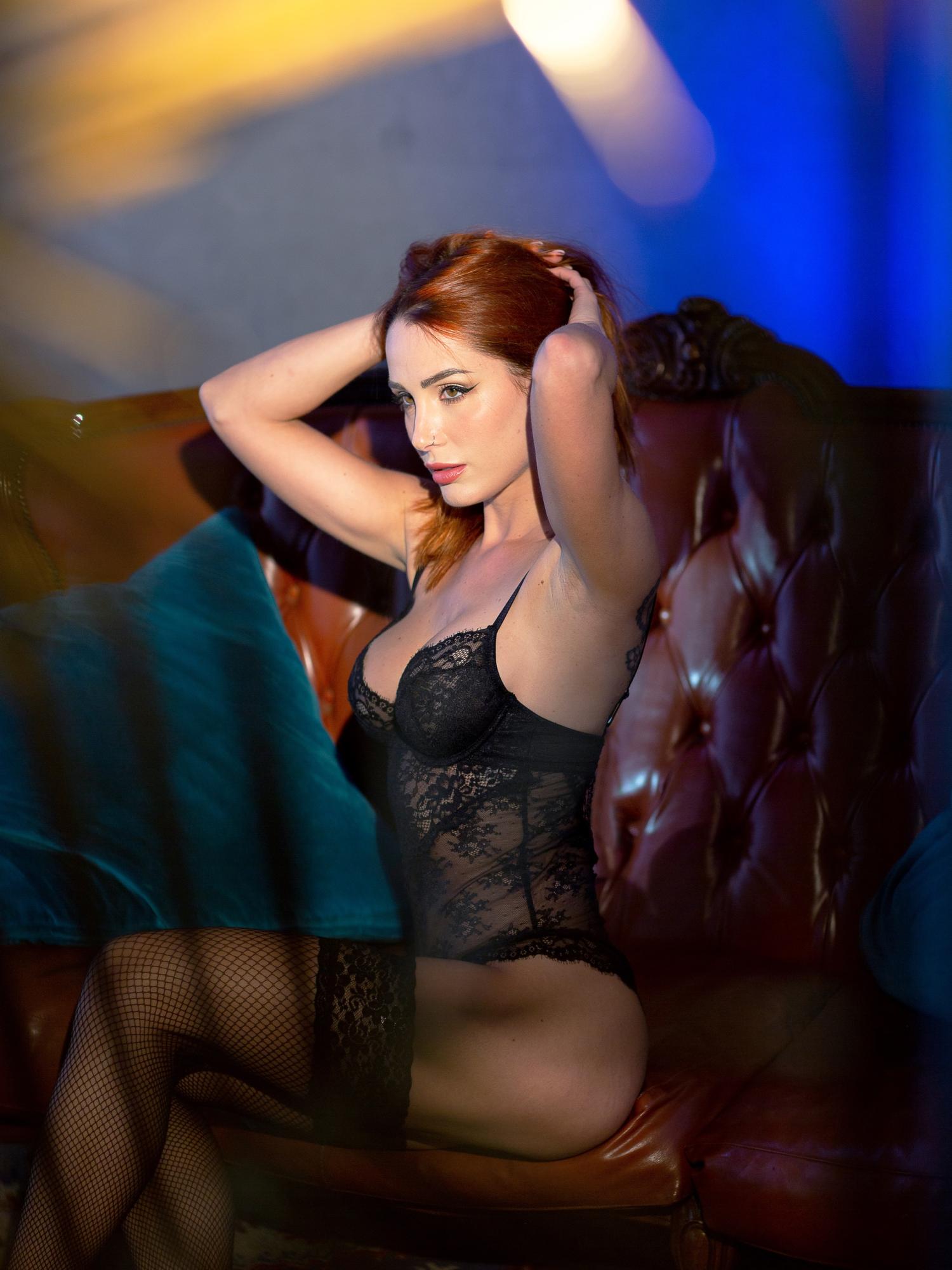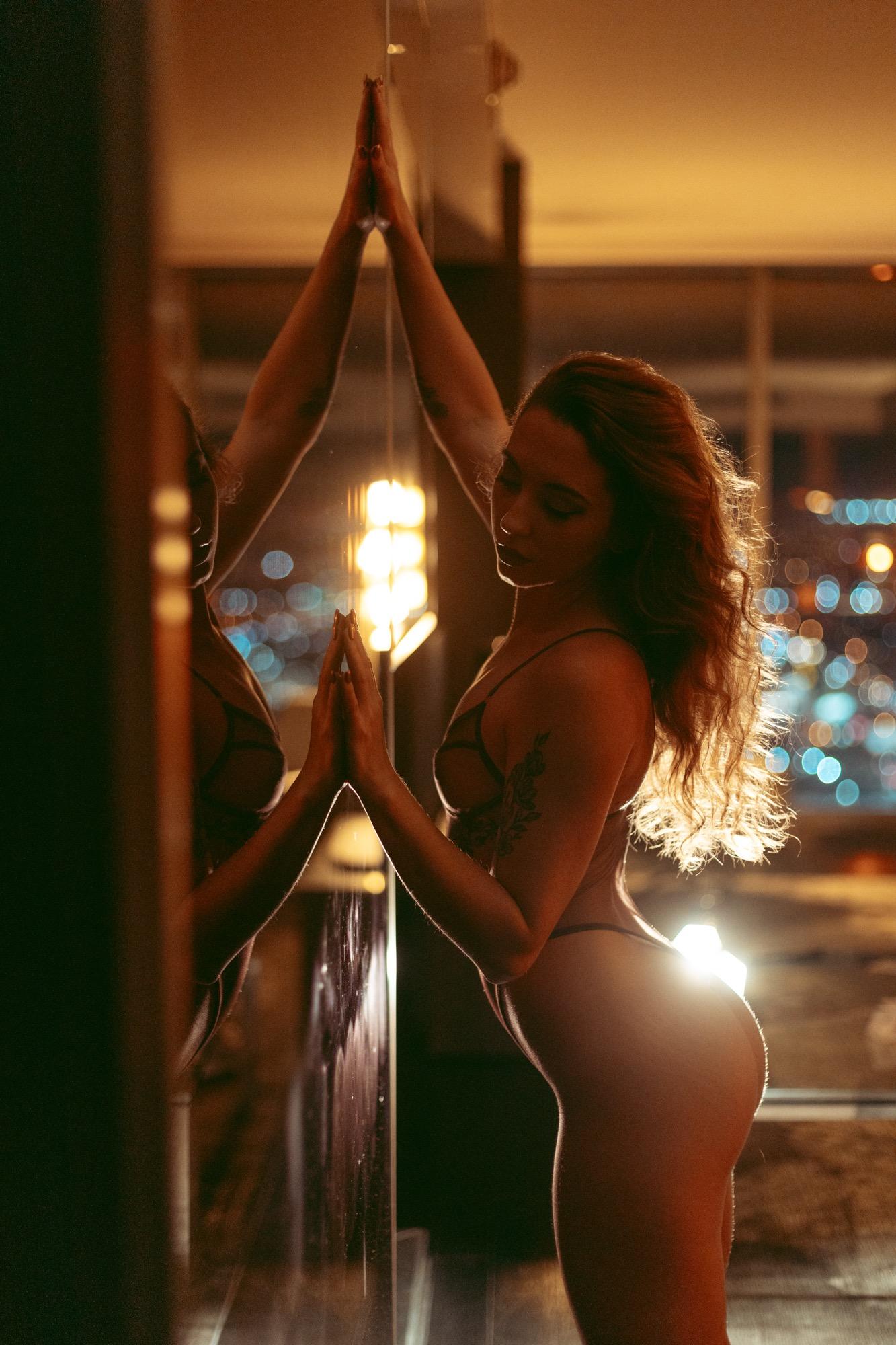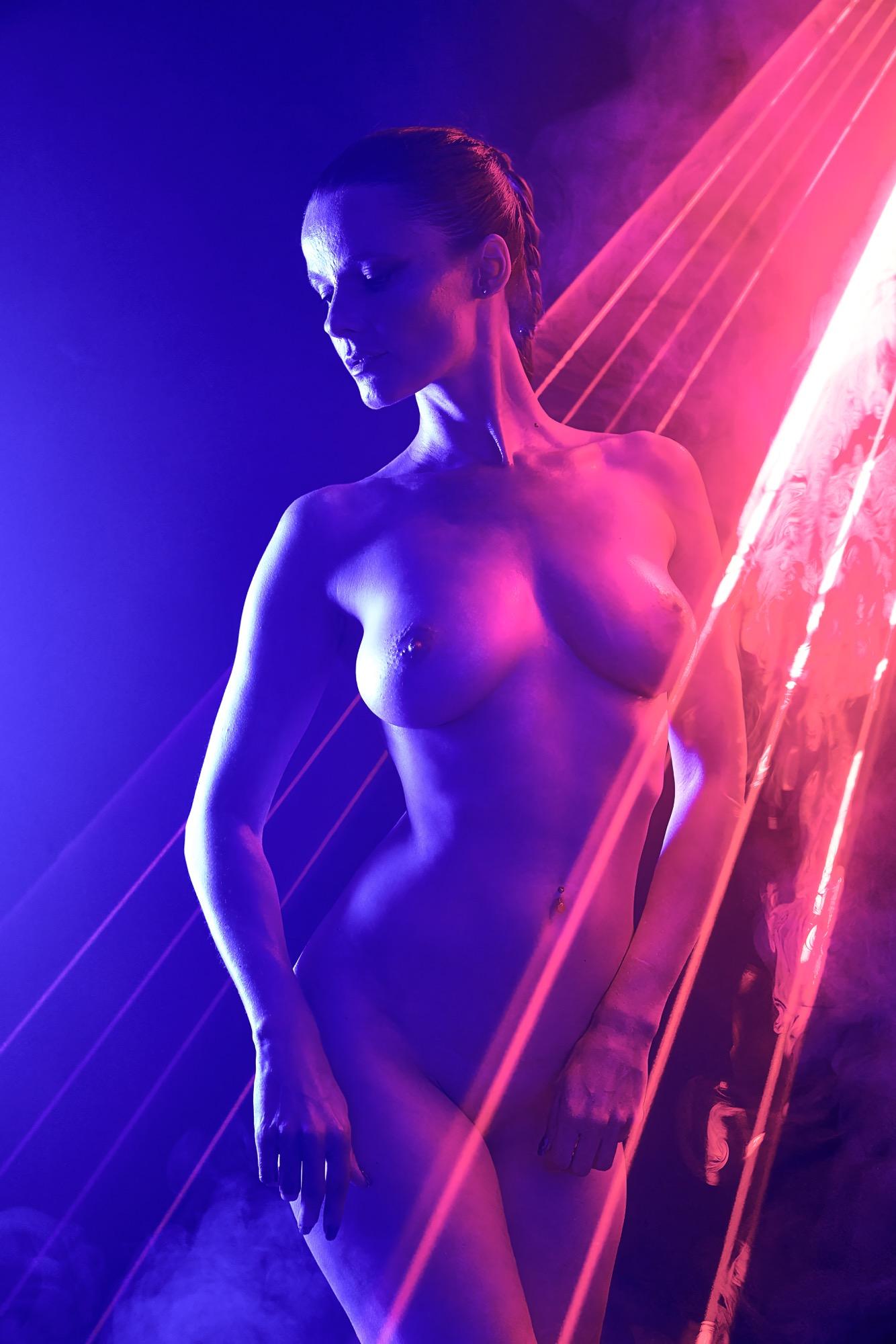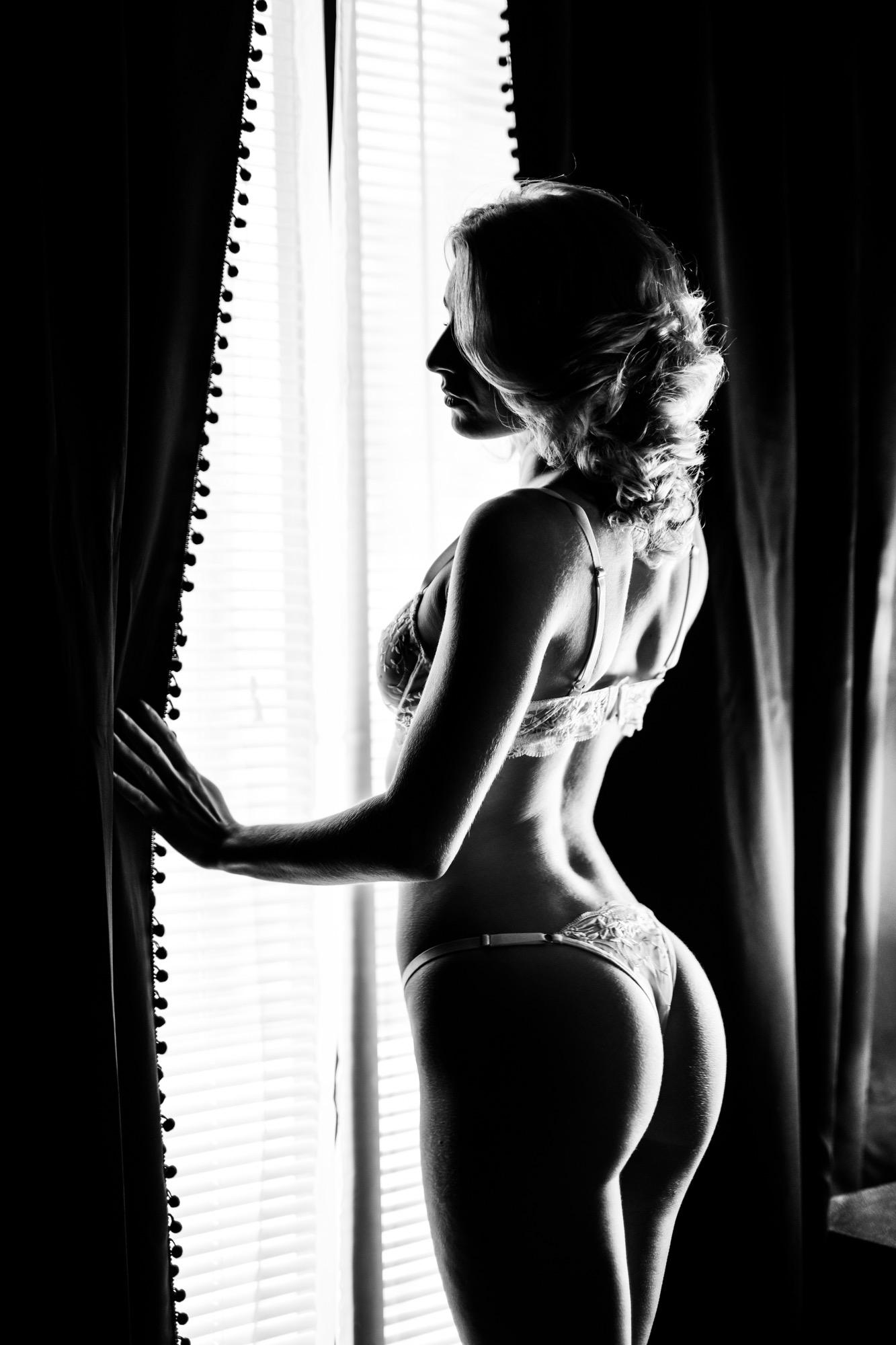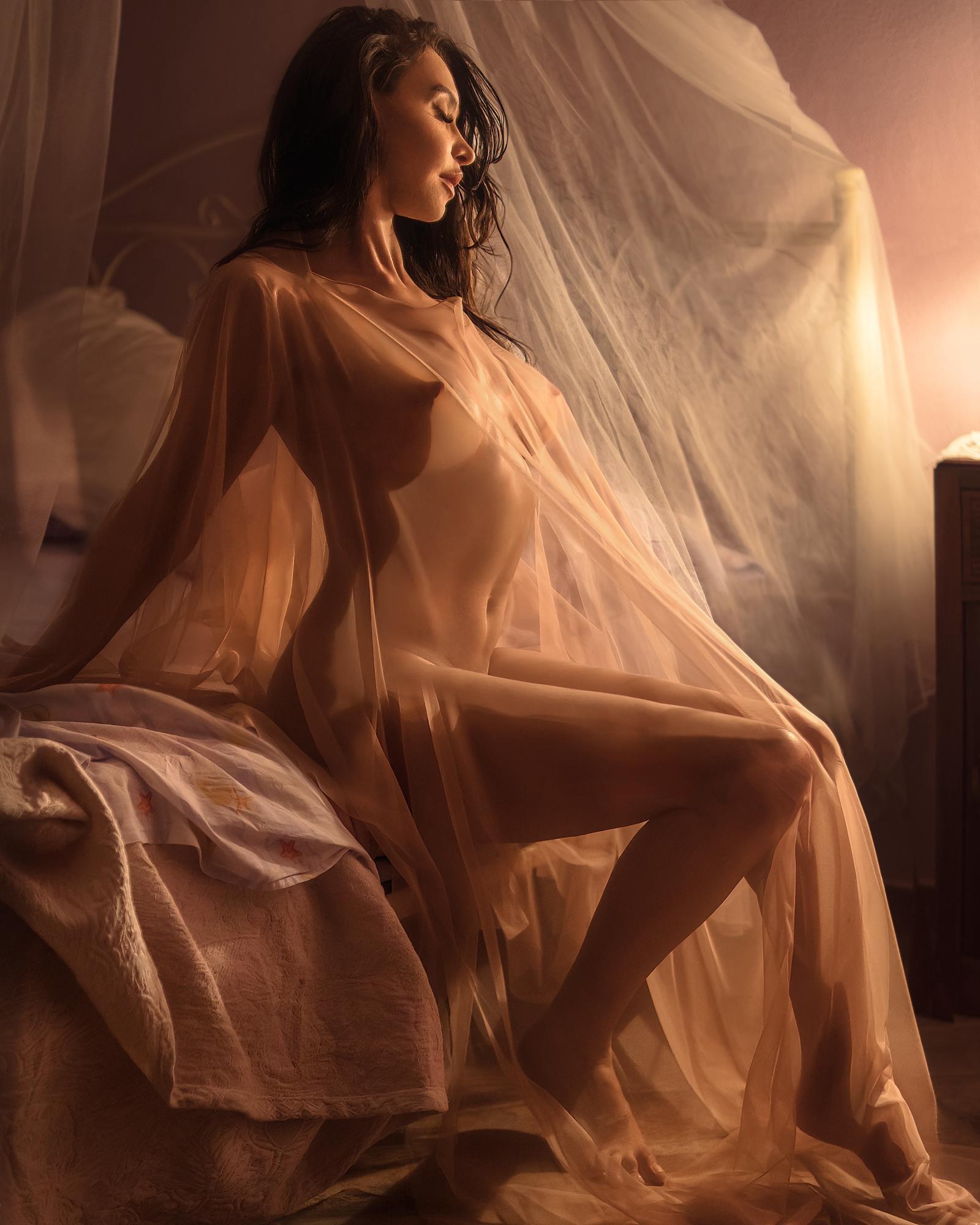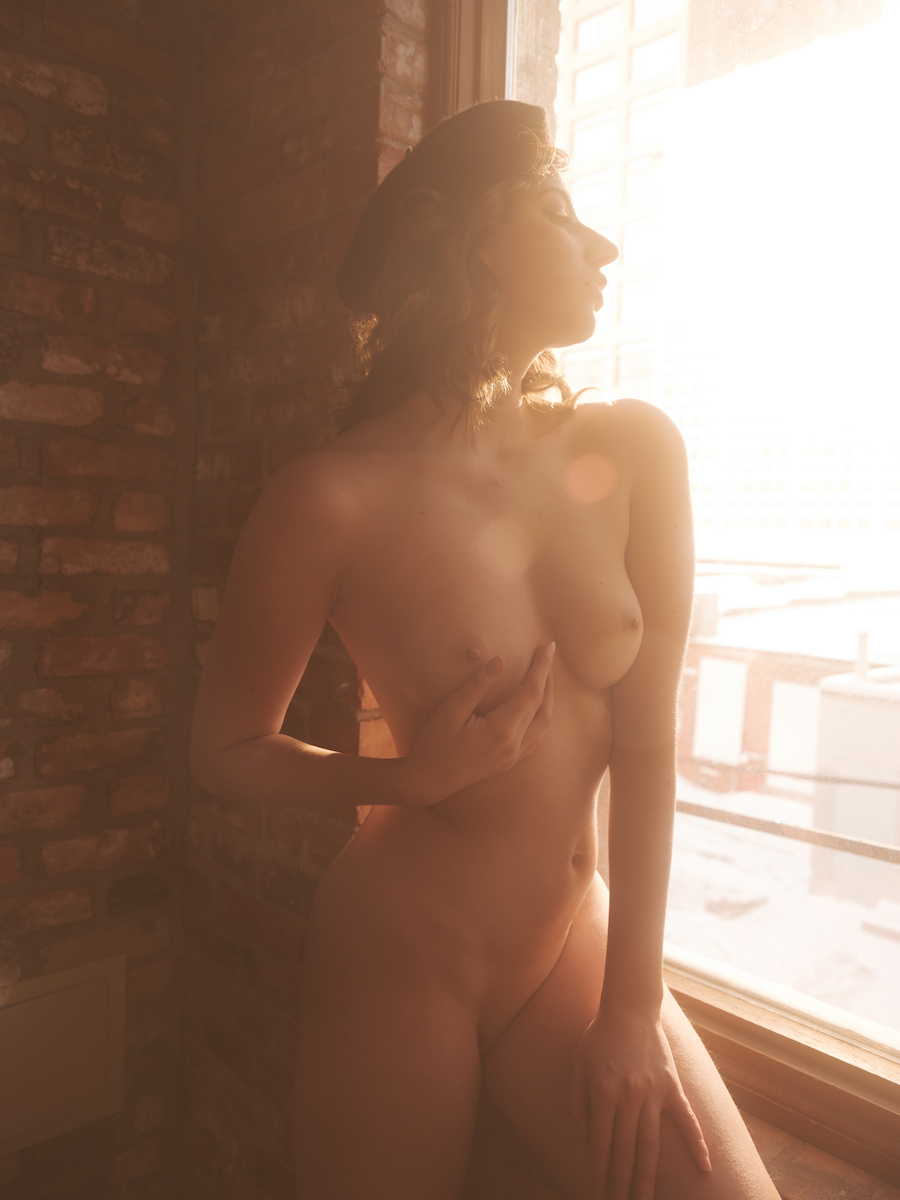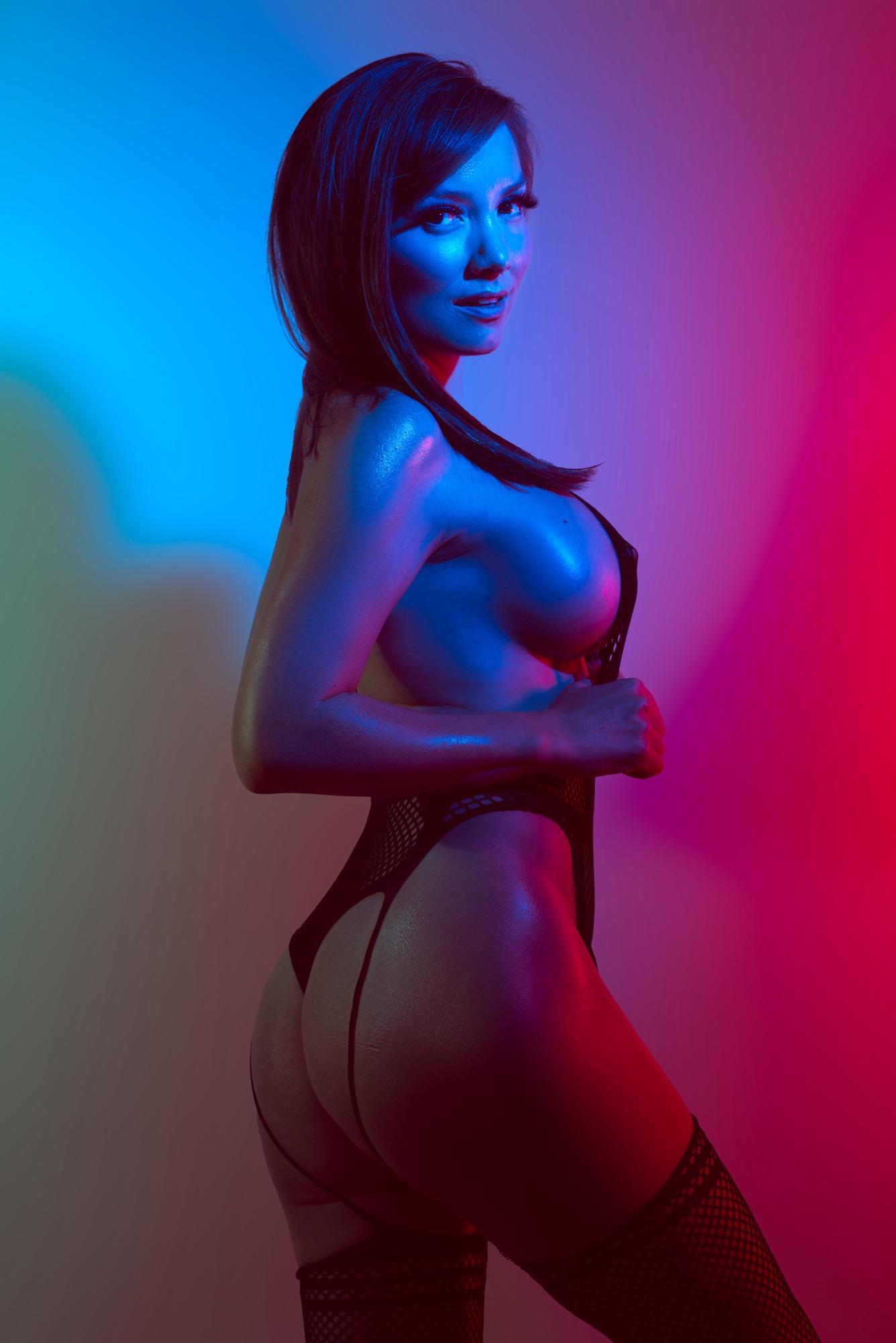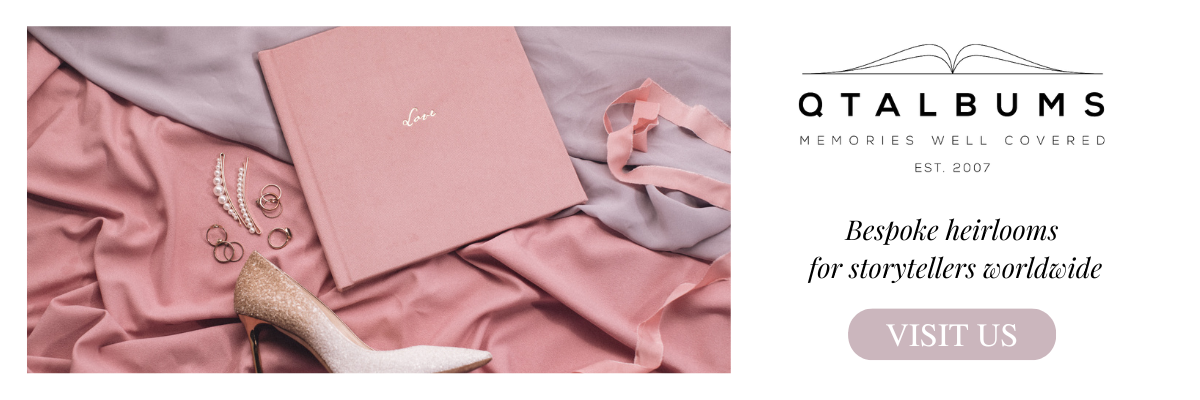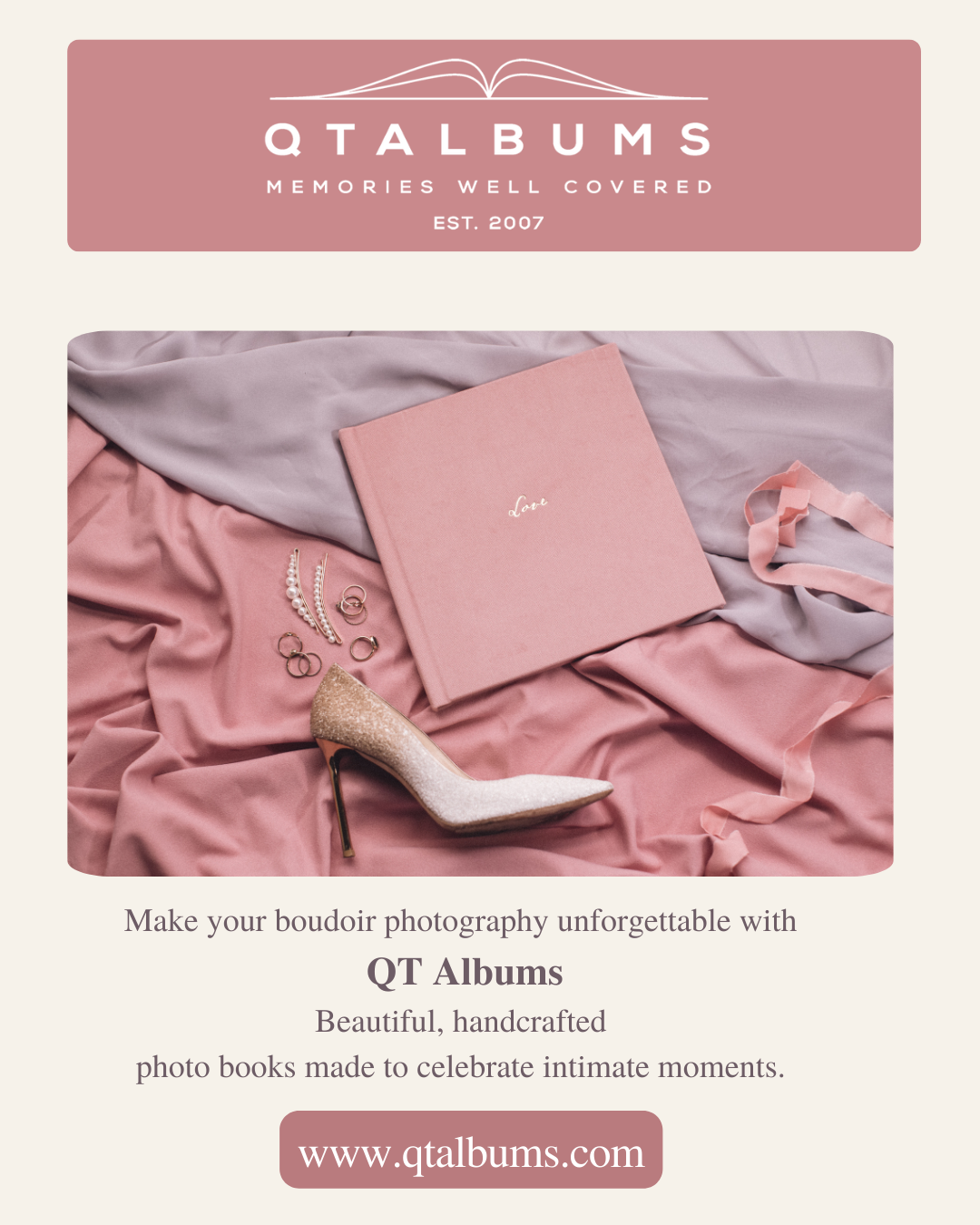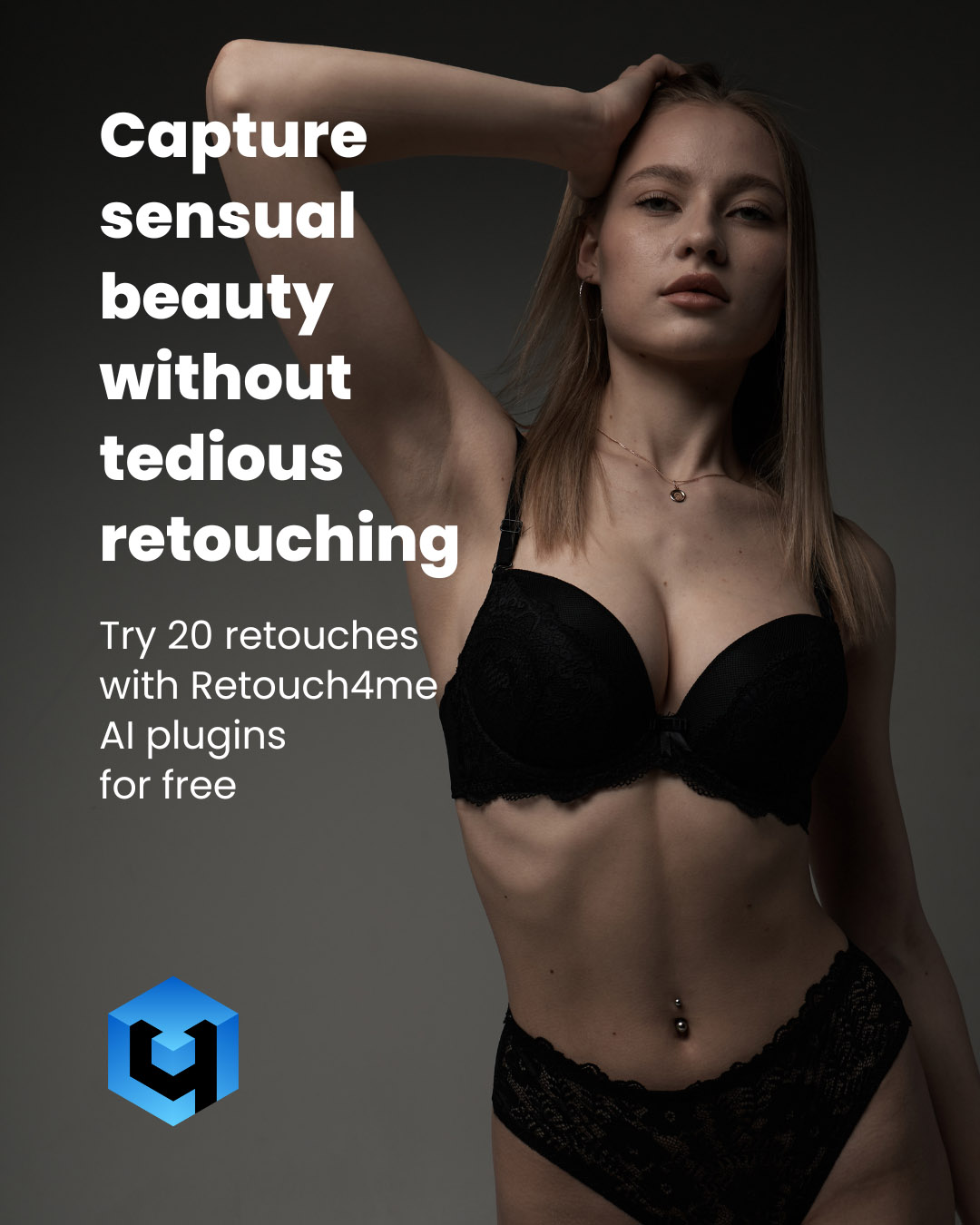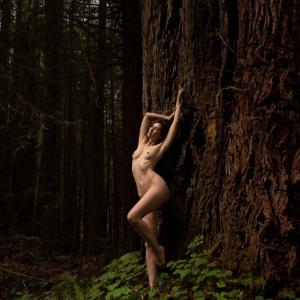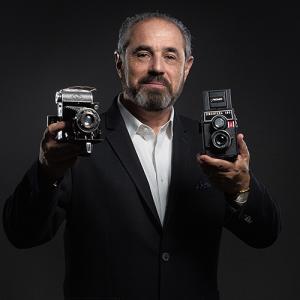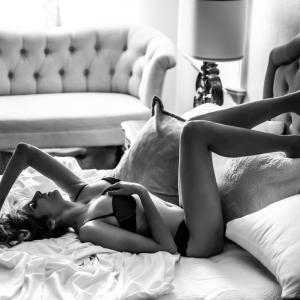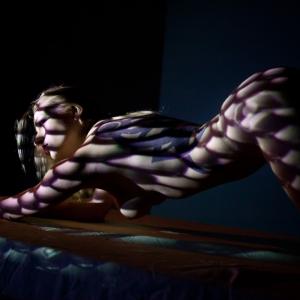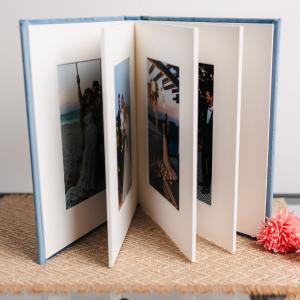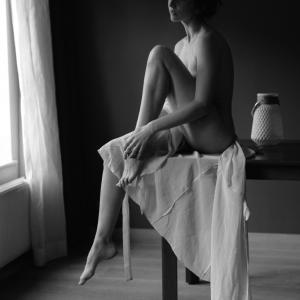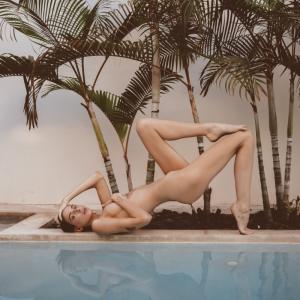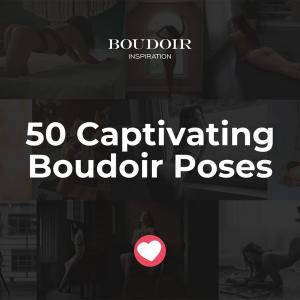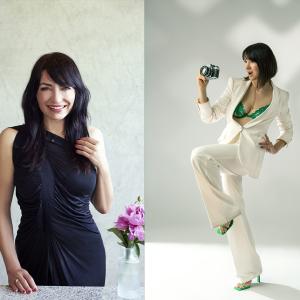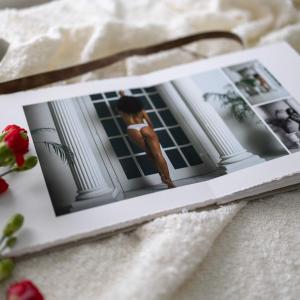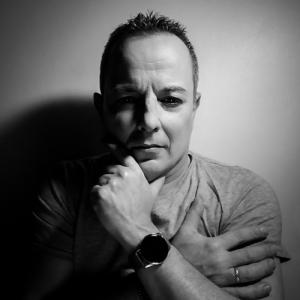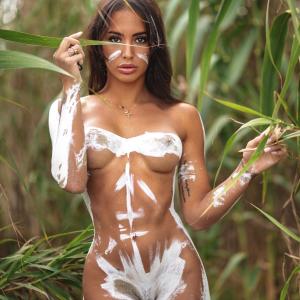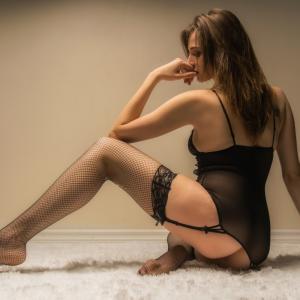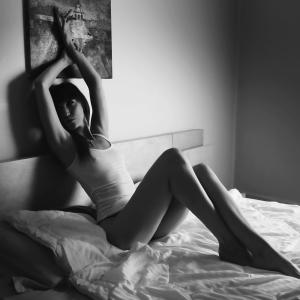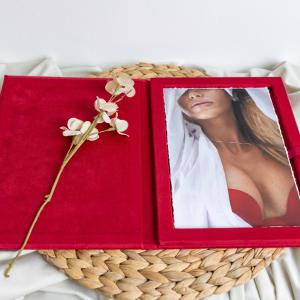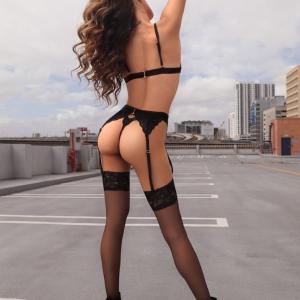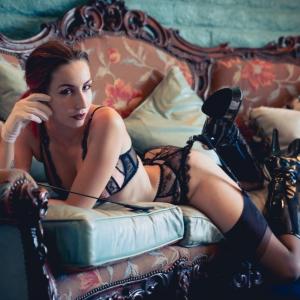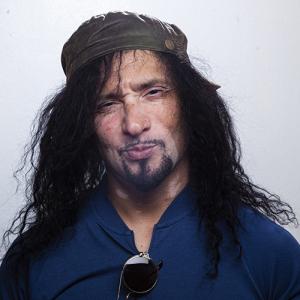Lighting is the cornerstone of boudoir photography, and mastering dynamic lighting can take your work to an entirely new level. Unlike static setups, dynamic lighting involves the intentional use of movement, layering, or varying light sources to create mood, depth, and drama. This versatile approach allows photographers to shape light in unique ways, transforming simple scenes into extraordinary works of art.
In this blog post, we’ll explore the secrets to dynamic lighting and how it can elevate your boudoir photography.
What is Dynamic Lighting in Boudoir Photography?
Dynamic lighting refers to lighting setups that involve variation—whether through movement, changing intensity, or multiple light sources. This technique brings energy and versatility to boudoir photography, allowing photographers to experiment with light placement, shadows, and reflections to create visually compelling images.
Why Dynamic Lighting Works for Boudoir Photography
Dynamic lighting enhances boudoir photography by adding a sense of artistry and intrigue. Here’s why it’s so effective:
- Mood Creation: By manipulating light intensity and direction, you can evoke a range of emotions, from soft and romantic to bold and dramatic.
- Depth and Dimension: Layering light sources or incorporating shadows creates a three-dimensional feel, adding depth to the image.
- Creative Freedom: Dynamic lighting allows photographers to break free from static setups and explore innovative compositions.
- Enhanced Textures: Variations in light reveal textures in skin, fabrics, and props, enriching the visual storytelling.
Tips for Mastering Dynamic Lighting in Boudoir
1. Experiment with Moving Light
- Use handheld lights or light wands to sweep light across the subject during the shoot, creating fluid, ever-changing highlights and shadows.
- Incorporate strobe lights with varying pulse patterns to add energy and movement to the scene.
2. Layer Light Sources
- Combine multiple light sources, such as natural light with studio strobes or LED panels, to create a layered effect.
- Use backlighting to separate the subject from the background while employing a soft front light for balance.
3. Manipulate Shadows
- Position lights at unconventional angles to cast dramatic, sculpted shadows on the subject.
- Use objects like lace, blinds, or textured materials to create intricate shadow patterns for added visual intrigue.
4. Experiment with Light Colors
- Add gels to your light sources to introduce vibrant or moody hues that complement the tone of the shoot.
- Use warm tones for a romantic atmosphere or cooler tones for a modern, edgy look.
Camera Settings for Dynamic Lighting
To make the most of dynamic lighting, precise camera settings are essential:
- Aperture: Use a wide aperture (f/2.8–f/4) to create a soft, intimate feel or a medium aperture (f/5.6–f/8) for sharper details.
- ISO: Start with a low ISO (100–200) to maintain image clarity, adjusting as needed based on the lighting conditions.
- Shutter Speed: Adjust based on the movement of light—use slower speeds (1/60s) for light trails or faster speeds (1/200s) for sharp, crisp images.
- White Balance: Customize white balance to match the dominant light source, ensuring accurate colors.
Overcoming Challenges with Dynamic Lighting
Dynamic lighting can be challenging, but with the right strategies, you can overcome common obstacles:
- Balancing Multiple Sources: Ensure your light sources complement rather than compete with each other by adjusting intensity and direction.
- Avoiding Overexposure: Monitor your histogram and reduce the light intensity or exposure settings to prevent blown-out highlights.
- Controlling Motion Blur: If using moving light, stabilize the camera or use intentional blur to add an artistic effect.
Creative Ideas for Dynamic Lighting in Boudoir
Dynamic lighting unlocks endless creative opportunities. Here are some ideas to inspire your next session:
- Light Trails: Use moving light sources to create streaks of light around the subject, adding a sense of energy and movement.
- Silhouette Drama: Backlight the subject against a dark background, emphasizing curves and contours. Click to get more idea about how to apply Silhouette Poses to your dynamic lighting shoot session.
- Colored Shadows: Use gels on multiple lights to cast overlapping shadows in different colors, creating a vibrant, abstract effect
- Dynamic Props: Incorporate reflective surfaces, prisms, or smoke to interact with the lighting, adding layers to the composition.
Why Dynamic Lighting Stands Out in Boudoir Photography
Dynamic lighting elevates boudoir photography by combining technical mastery with artistic creativity. Its ability to transform the mood and texture of a scene allows photographers to craft images that are both visually stunning and emotionally evocative.
Final Thoughts
Mastering dynamic lighting is a powerful way to bring energy, depth, and originality to your boudoir photography. By experimenting with light movement, intensity, and color, you can create unforgettable images that resonate with emotion and artistry. Embrace the versatility of dynamic lighting and let it inspire your next boudoir session.
Moreover, you can learn All Lighting Techniques and Boudoir Pose Ideas by clicking on to it.
Other Resources
1-) Different photography fields that use Dynamic Lighting: https://britishcinematographer.co.uk/dynamic-lighting/
2-) A example dynamic lighting use for Boudoir: https://www.youtube.com/watch?v=cc0NJXo1XaI
